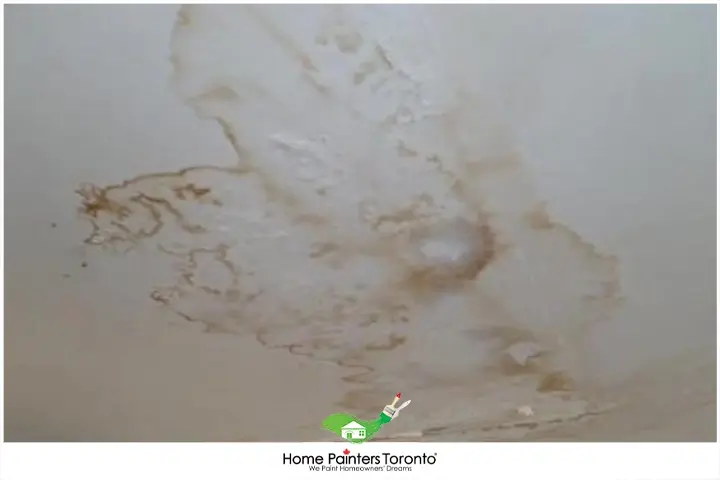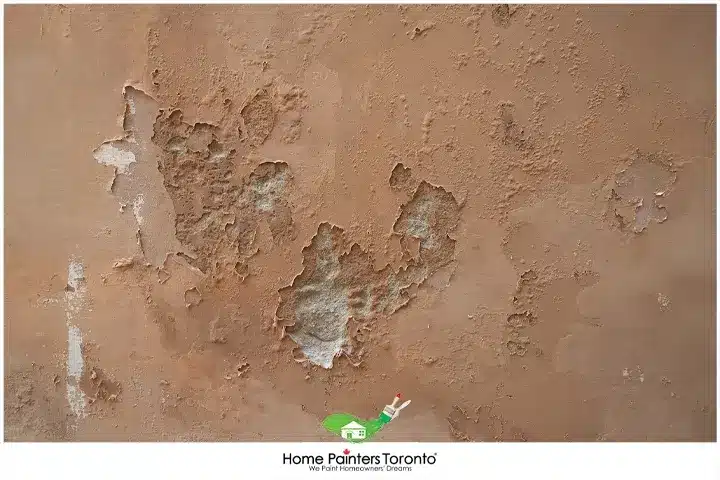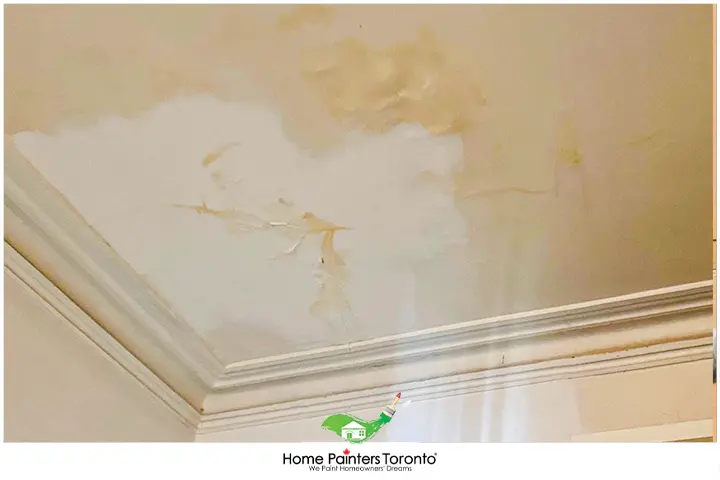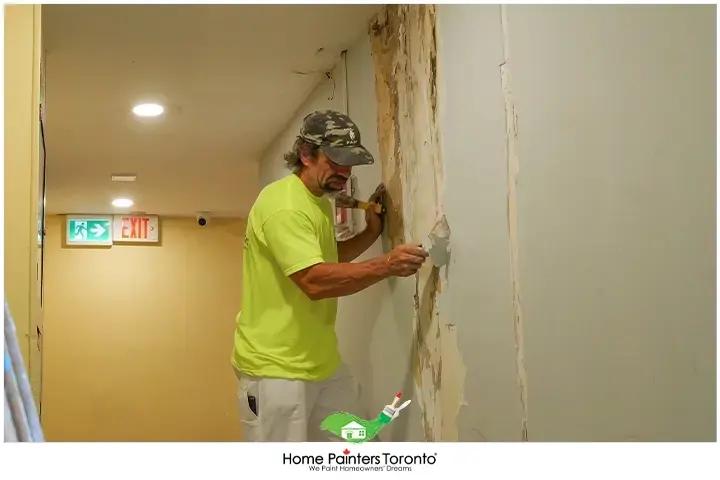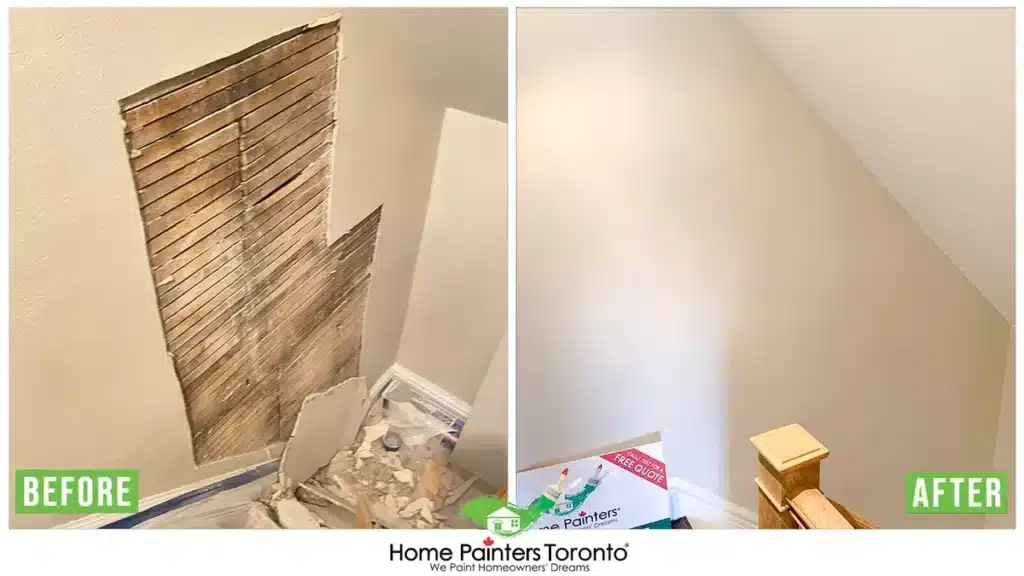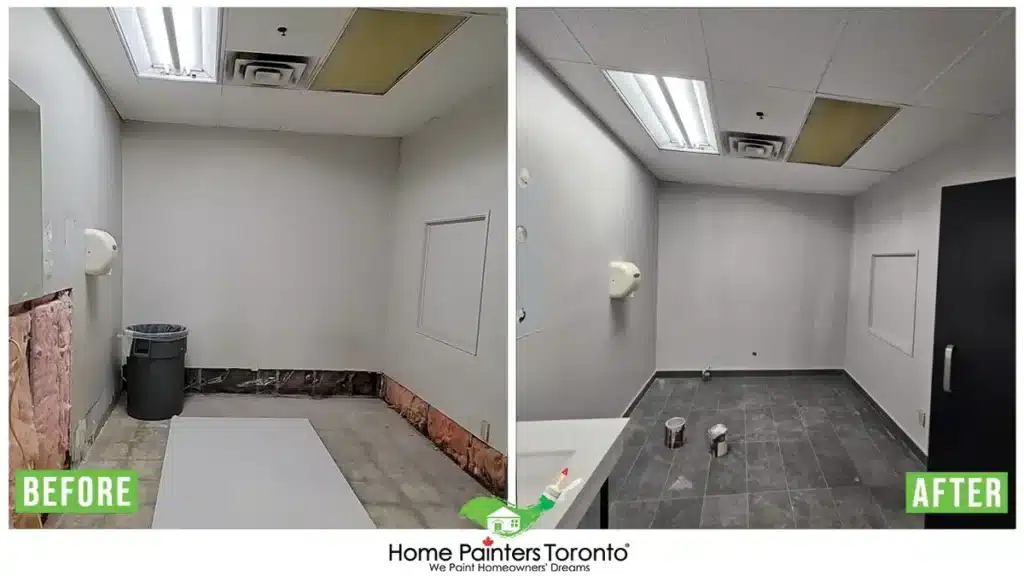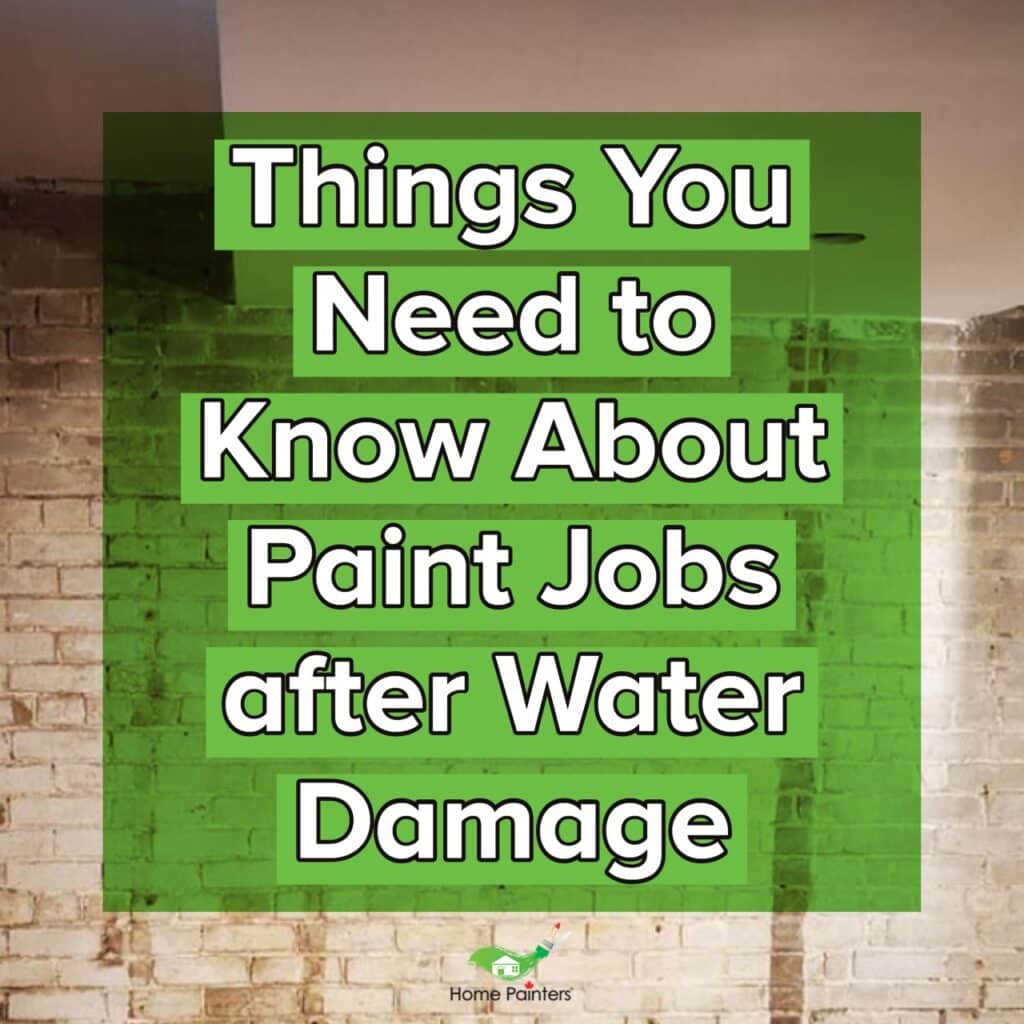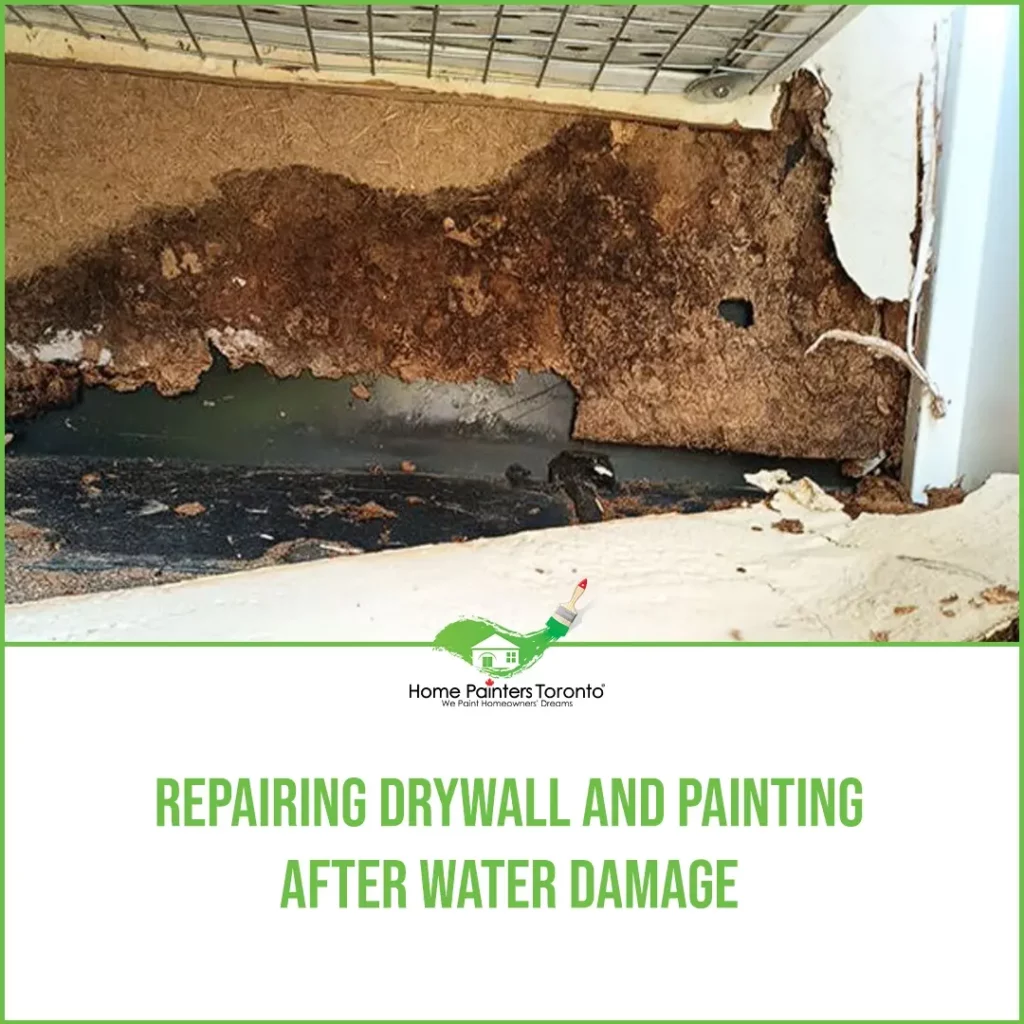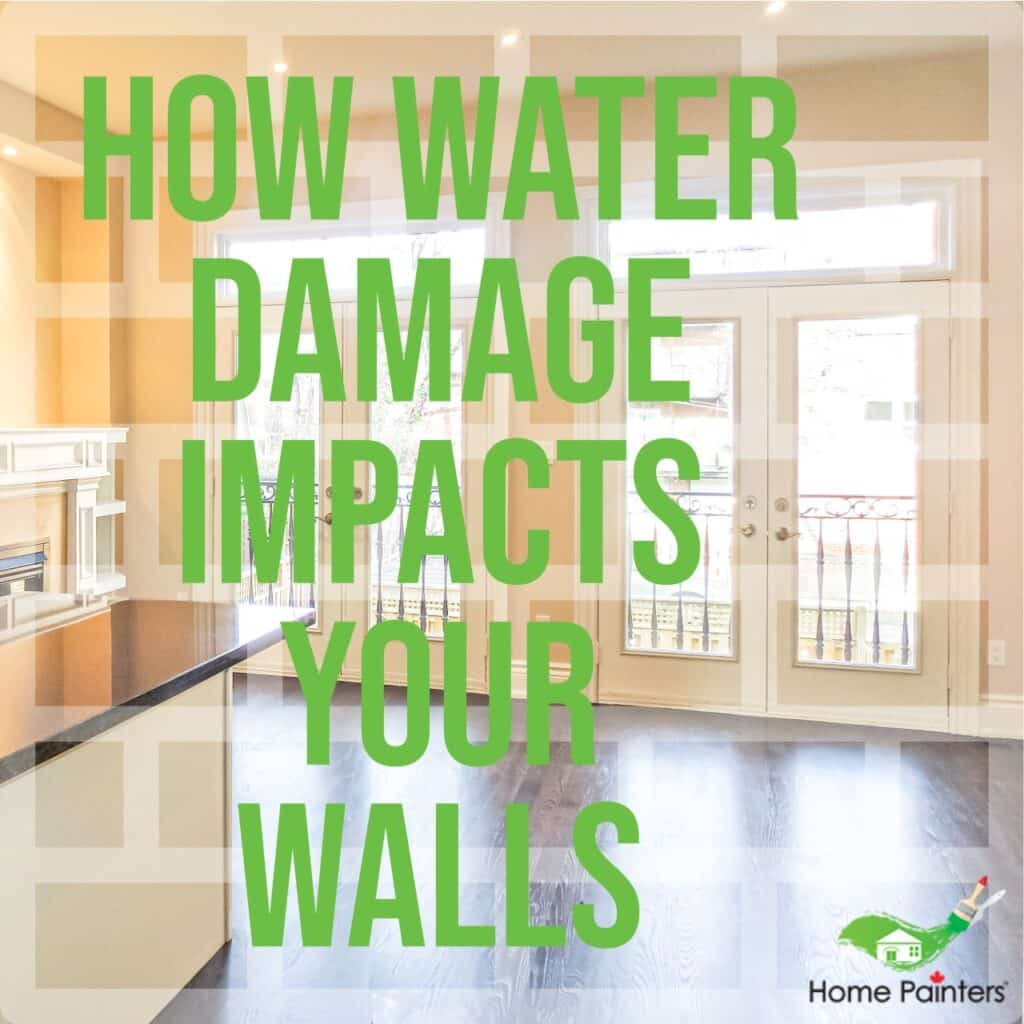- Home
- Interior Painting
- Exterior Painting
- Exterior Residential Painting
- Aluminum Siding Painting
- Exterior Brick Staining
- Exterior Brick Painting
- Deck Staining / Fence Staining
- Exterior Front Door Re-staining & Re-finishing
- Vinyl Windows and Vinyl Siding Painting
- Aluminum Windows and Aluminum Siding Painting
- Exterior Stucco Siding
- Exterior Wood Siding
- Exterior Caulking
- Handyman
- Interior Carpentry & Handyman
- Exterior Carpentry & Handyman
- Window Wood Replacement and Repairs
- Wood Deck Replacement and Repairs
- Porch Wood Replacement and Repairs
- Wood Siding Replacement and Repairs
- Tudor Boards Wood Replacement and Repairs
- Wood Soffit and Fascia Boards Replacement and Repairs
- Railings, Posts, and Pickets Replacement and Repairs
- Wood Fence Replacement and Repairs
- Stucco Siding Parging and Repairs
- Commercial Painting
- Client Reviews
- About us
- Blog
Menu
- Home
- Interior Painting
- Exterior Painting
- Exterior Residential Painting
- Aluminum Siding Painting
- Exterior Brick Staining
- Exterior Brick Painting
- Deck Staining / Fence Staining
- Exterior Front Door Re-staining & Re-finishing
- Vinyl Windows and Vinyl Siding Painting
- Aluminum Windows and Aluminum Siding Painting
- Exterior Stucco Siding
- Exterior Wood Siding
- Exterior Caulking
- Handyman
- Interior Carpentry & Handyman
- Exterior Carpentry & Handyman
- Window Wood Replacement and Repairs
- Wood Deck Replacement and Repairs
- Porch Wood Replacement and Repairs
- Wood Siding Replacement and Repairs
- Tudor Boards Wood Replacement and Repairs
- Wood Soffit and Fascia Boards Replacement and Repairs
- Railings, Posts, and Pickets Replacement and Repairs
- Wood Fence Replacement and Repairs
- Stucco Siding Parging and Repairs
- Commercial Painting
- Client Reviews
- About us
- Blog



